
Culture
22:48, 03-Jun-2018
Beijing holds Chinese culture exchange exhibition
By Zheng Songwu Wang Zeyu

An exhibition on traditional Chinese culture was held in Beijing on Saturday, with 13 intangible cultural heritages such as paper cutting and Chinese knots on display. The event saw over 500 participants, including roughly 40 international students in Beijing.
"I can see a lot of cultures that can’t be seen in Malaysia," said Anjeli, a Malaysian student who now studies at Beijing Language and Culture University, and a cultural ambassador. Anjeli said when she was little, she has fallen in love with Chinese culture.
"There are many traditional Chinese festivals in Malaysia as well, such as Spring Festival and Dragon Boat Festival. But for me, my first impressions of traditional Chinese culture were Chinese TV shows," Anjeli told CGTN that both her mom and she are keen on Chinese TV shows, especially "Empresses in the Palace."
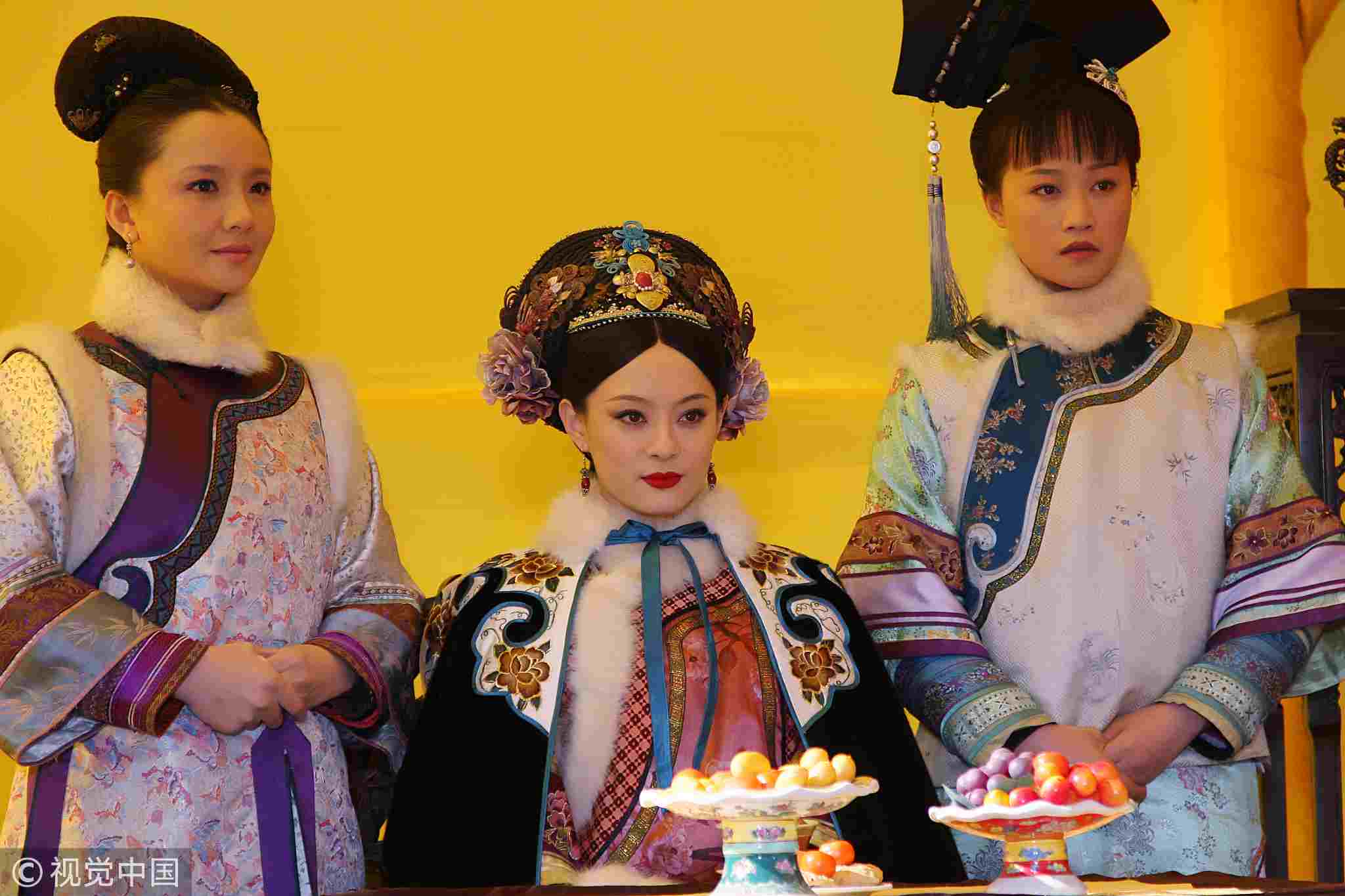
Empresses in the Palace /VCG Photo
Empresses in the Palace /VCG Photo
After being able to help draw Peking opera facial makeup at the exhibition, Anjeli couldn't wait to share her happiness and excitement. "I'm so interested in opera facial makeup, that’s fabulous and if possible, I wish I could try it on my own face."
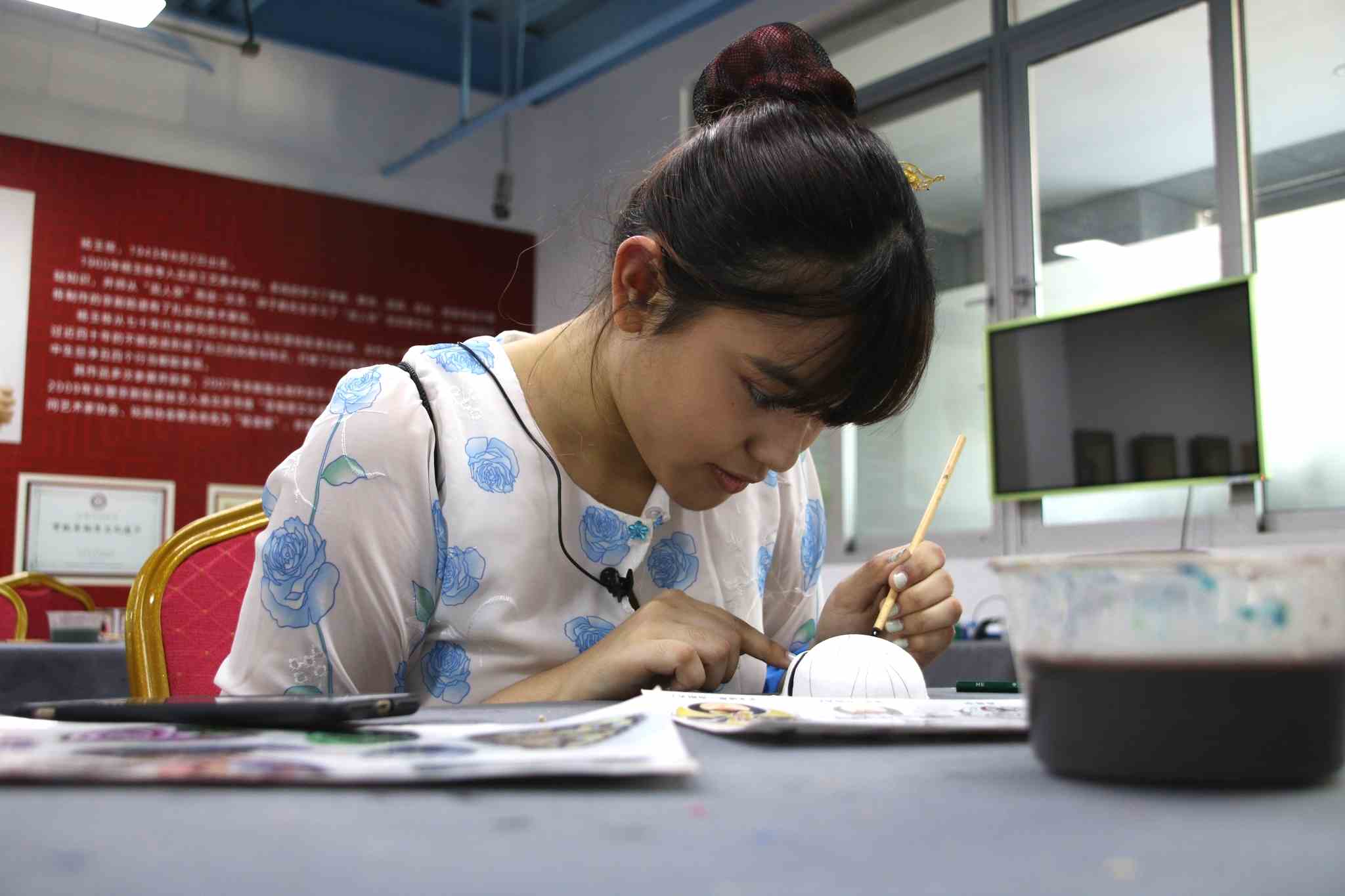
Anjeli was drawing facial makeup on a mask. /CGTN Photo
Anjeli was drawing facial makeup on a mask. /CGTN Photo
Anjeli told that although she can’t understand anything about Peking opera, she knows one character – Yang Guifei, also known as the beloved wife of Tang Dynasty Emperor Xuanzong.
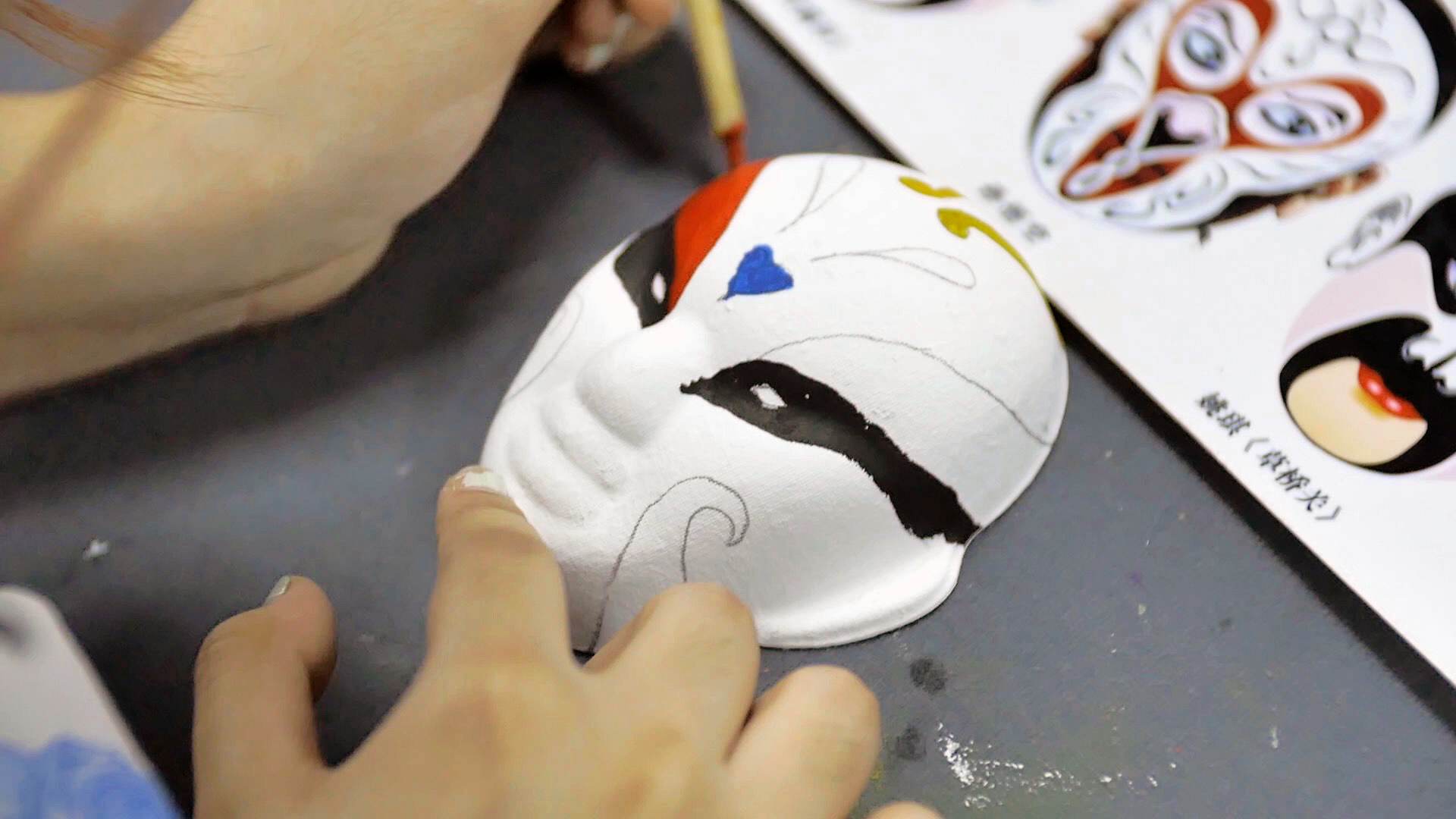
Anjeli was drawing facial makeup on a mask. /CGTN Photo
Anjeli was drawing facial makeup on a mask. /CGTN Photo
Along with cultural items at the exhibition, Anjeli is also in favor of "Tik Tok", widely called "Douyin" in China, she and her friends create and share their own music videos through editing short clips and adding various special effects like cat faces.

Angeli’s Tik Tok page, she has already posted four short videos. /Photo from Douyin
Angeli’s Tik Tok page, she has already posted four short videos. /Photo from Douyin
Unlike Angeli, Shirin, also a student of Beijing Language and Culture University, knew very little about Chinese culture before she came to China from her home Sweden.
The only thing she knew about China was Jackie Chan movies. When she studied in Japan, she met her Chinese boyfriend who later brought more to her about Chinese culture.
Then she started to learn Chinese. "I thought to move to China would be better for me to learn Chinese faster. And also I want to learn more about Chinese culture like this Chinese knot."
So while finishing studies in Japan, she moved to Shanghai, where she lived with a local family.
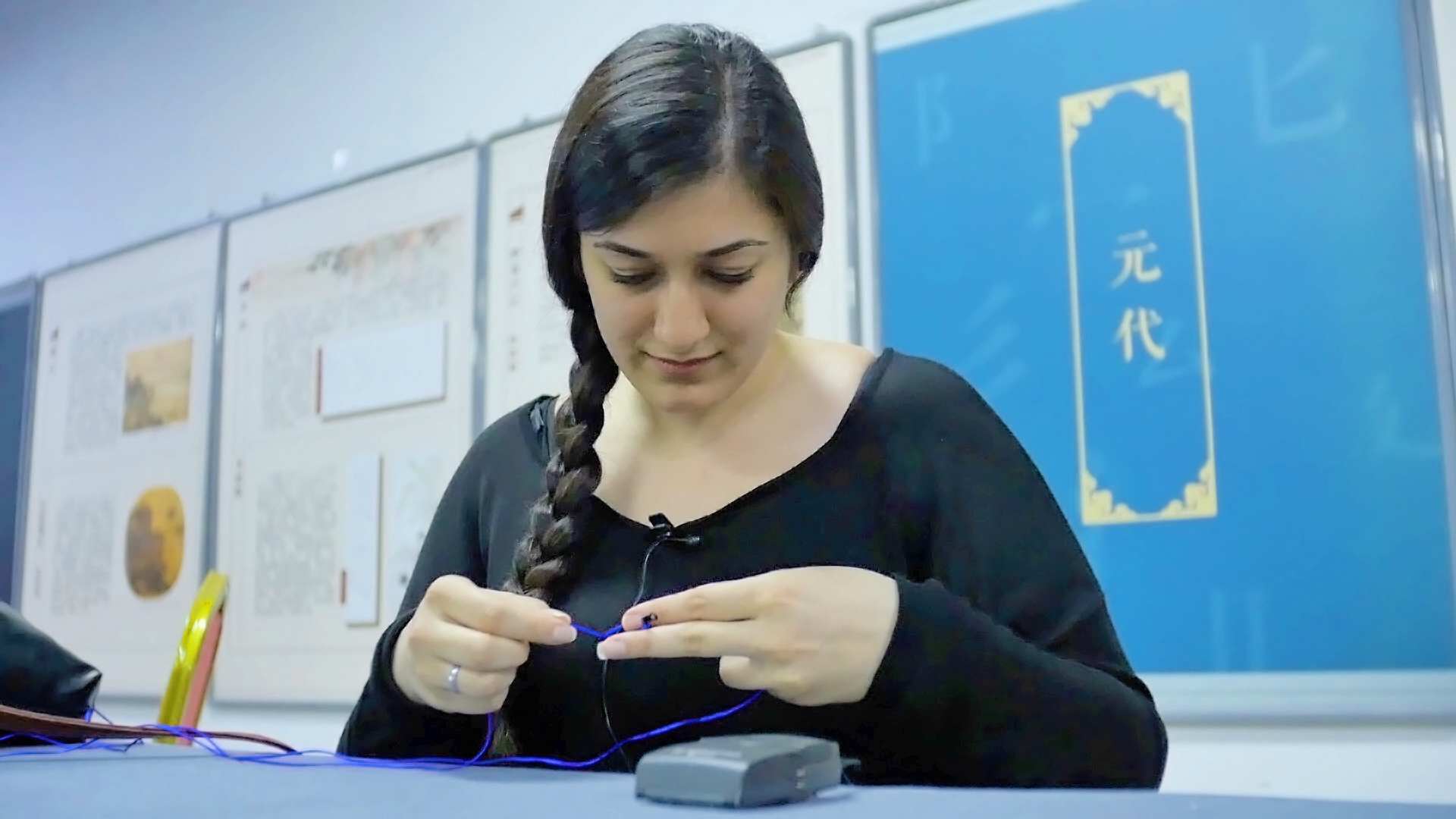
Shirin was weaving a Chinese knot. /CGTN Photo
Shirin was weaving a Chinese knot. /CGTN Photo
At the exhibition, Shirin was impressed by Chinese characters and that the characters resemble beautiful paintings and there is no such thing in Sweden.
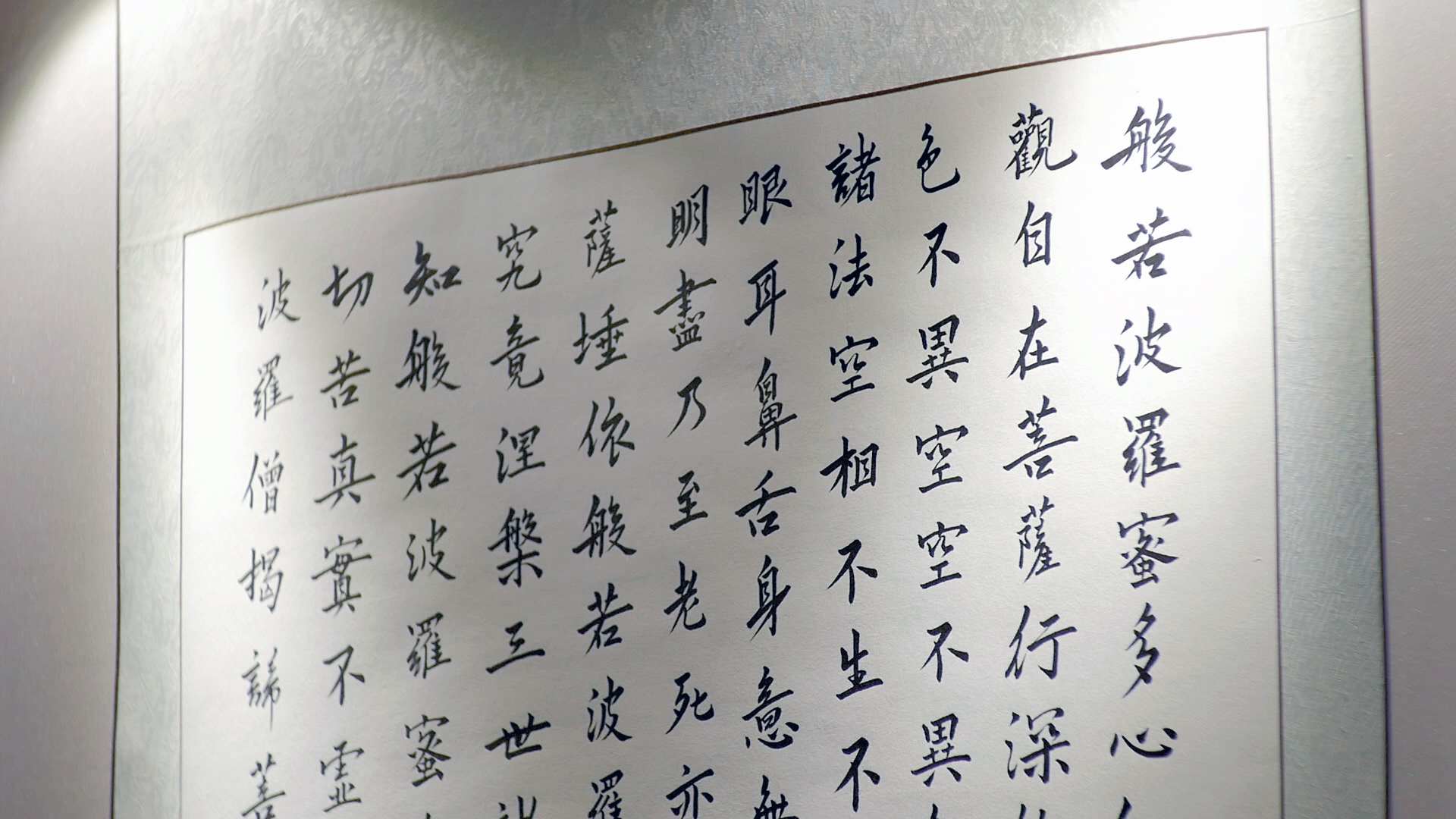
Chinese characters. /CGTN Photo
Chinese characters. /CGTN Photo
"I don't want to go back to Sweden, I love China and I want to stay in here," said Shirin. She told CGTN that she would like to do any kind of job as long as she can stay in China, but she's hoping to work in a kindergarten.
According to UNESCO, by the end of 2016, China has 39 intangible (including "need protection list") projects, and more need to be protected.
"We want to cultivate our children’s interest in Chinese culture because we believe those cultures are important and necessary to us," said Chen, a father who brought his own six-year-old child to the exhibition.
He believes that in order to protect Chinese culture, people need to develop their interests in it, and then go to different exhibitions with the next generation as much as possible, creating more opportunities for children to touch Chinese culture.
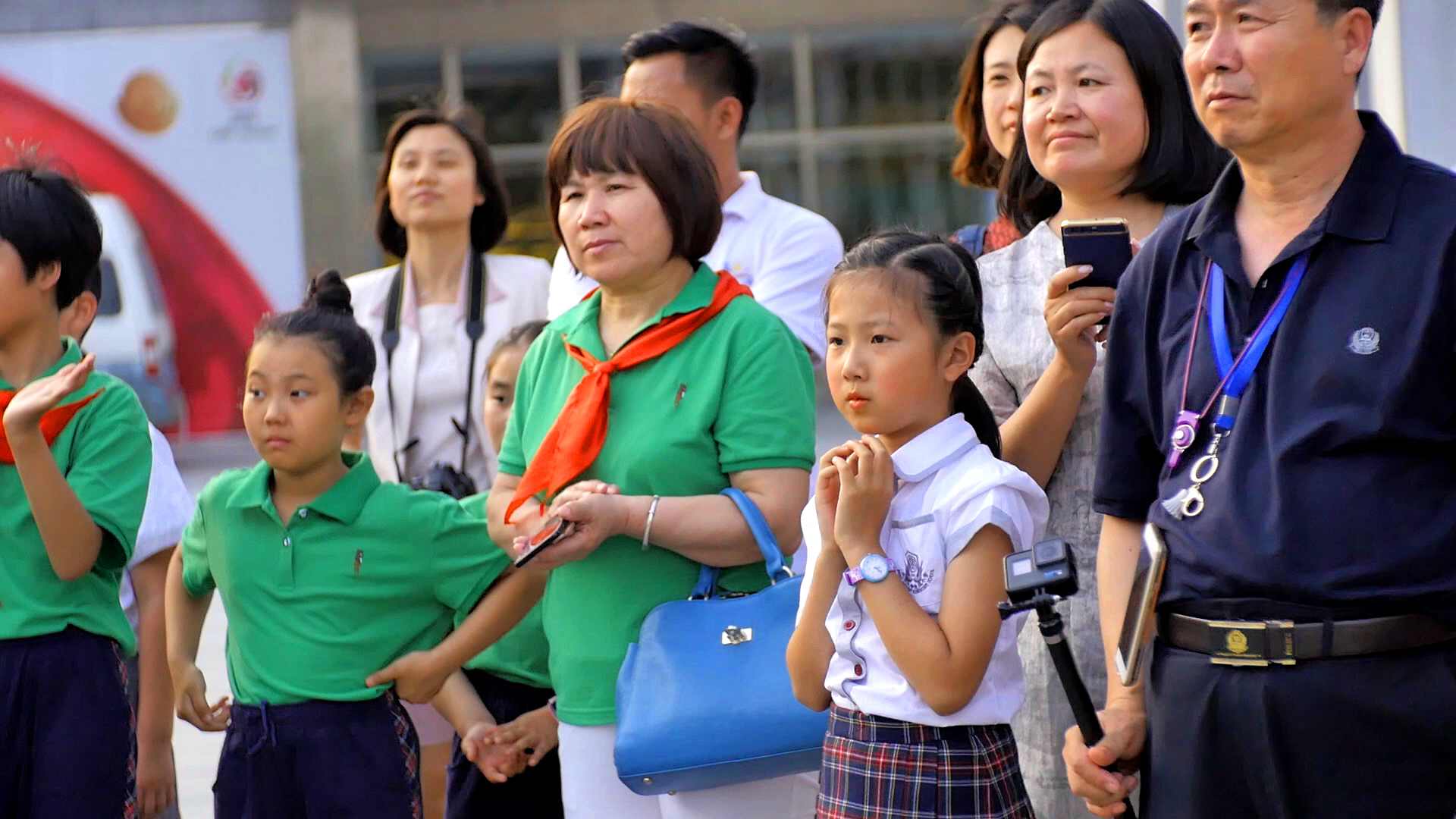
CGTN Photo
CGTN Photo
Zheng Zhifang, a kindergarten teacher, attended the exhibition with her eight-year-old son as well and told us that she hoped there would be more activities like this being introduced in schools.
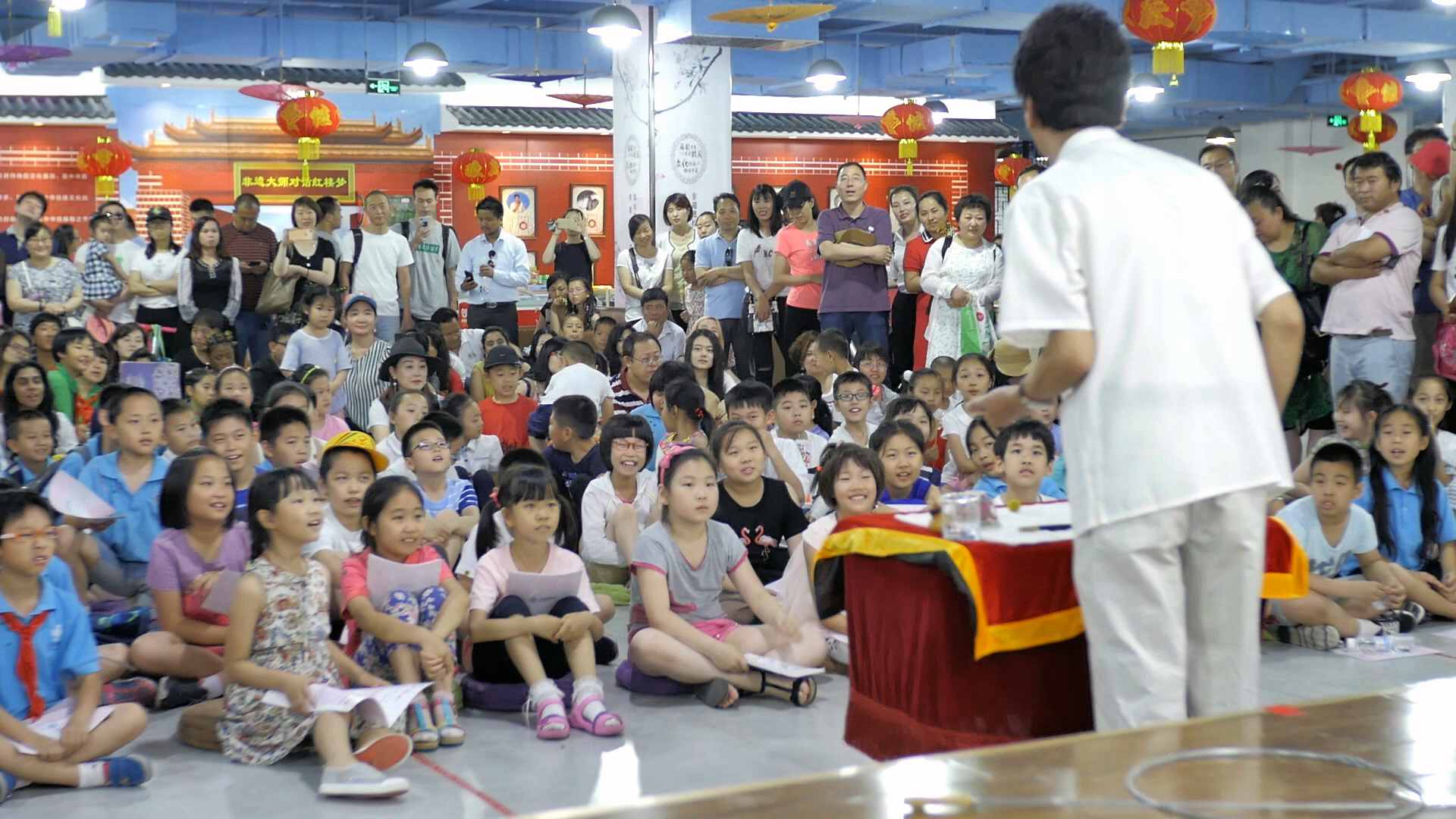
CGTN Photo
CGTN Photo
The Secretary-General of China Association for Promotion of Cultural Exchange and Co-operation, Gao Qi told CGTN that such exhibitions are meant to be a platform for both experts and the young generations to discuss and share their thoughts in protecting intangible Chinese culture.

SITEMAP
Copyright © 2018 CGTN. Beijing ICP prepared NO.16065310-3
Copyright © 2018 CGTN. Beijing ICP prepared NO.16065310-3